The tips on this page do not replace your healthcare provider’s advice. Write down questions to ask before you go to your prenatal checkups.
When you visit your local WIC office, you can learn more about healthy eating. We hope you enjoy all that WIC has to offer.
Sincerely,
Your WIC staff

Your baby grows best when you eat healthy. Choose a variety of foods from all 5 food groups every day.
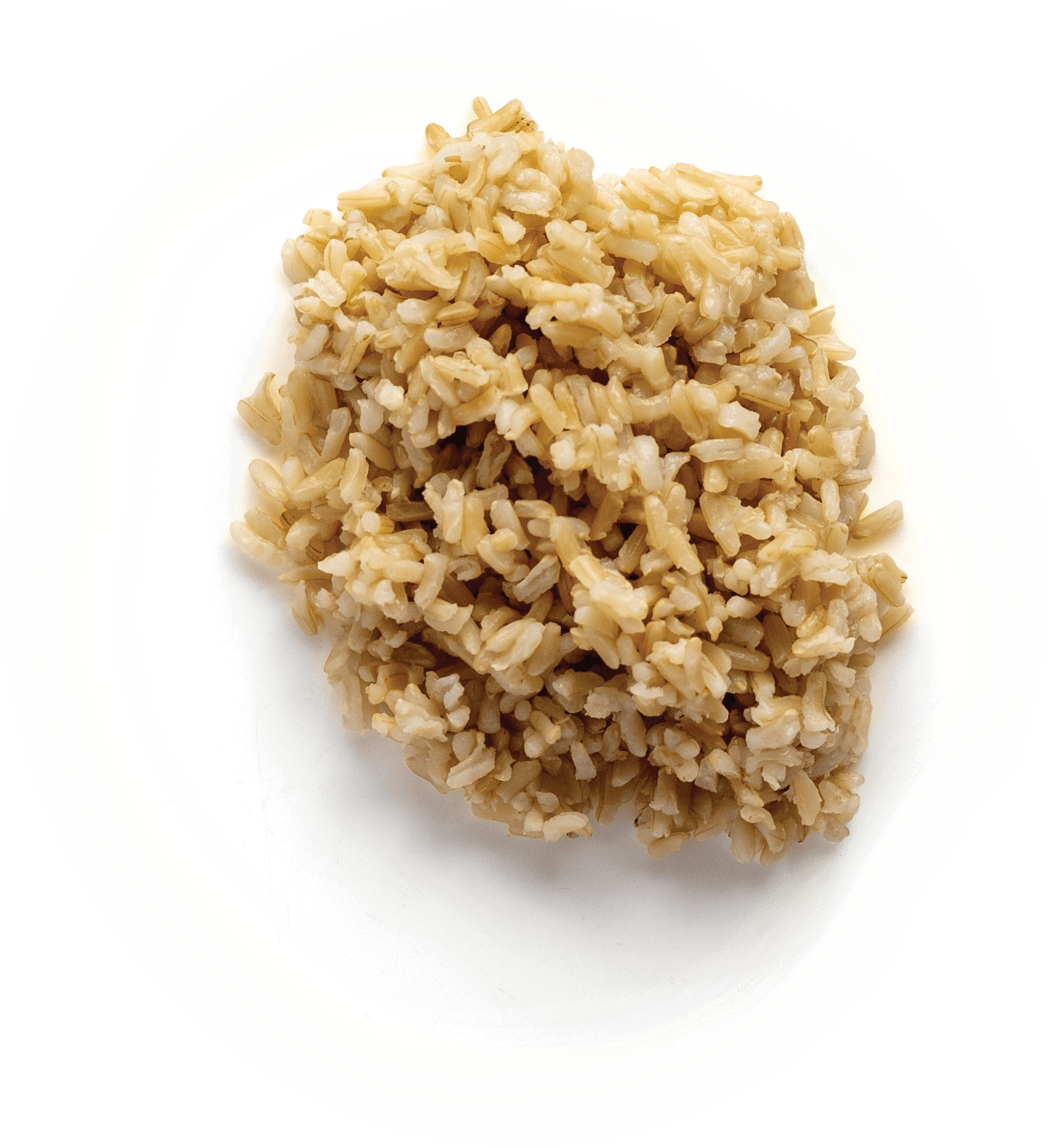

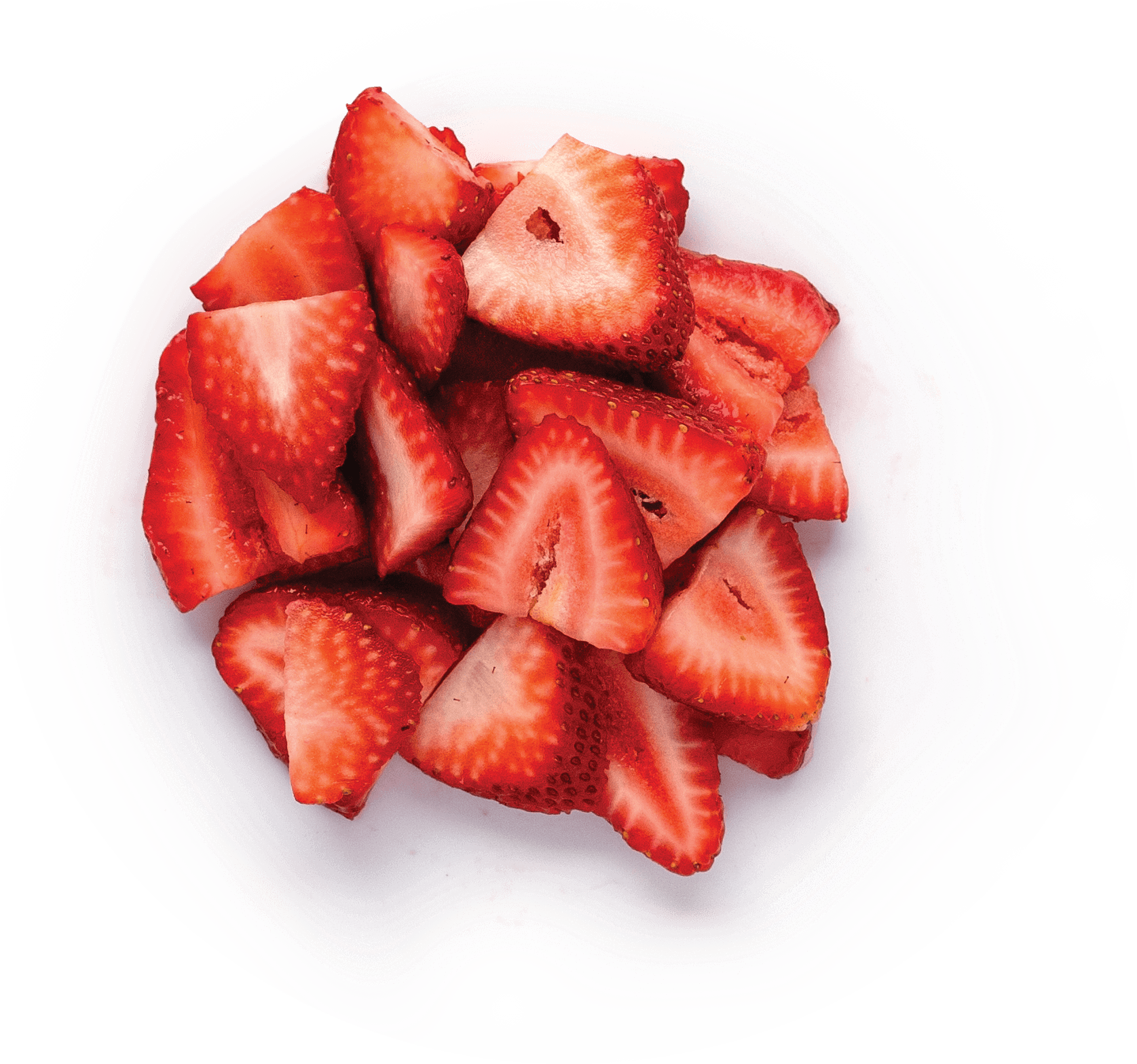
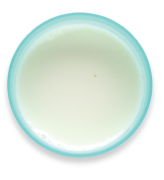
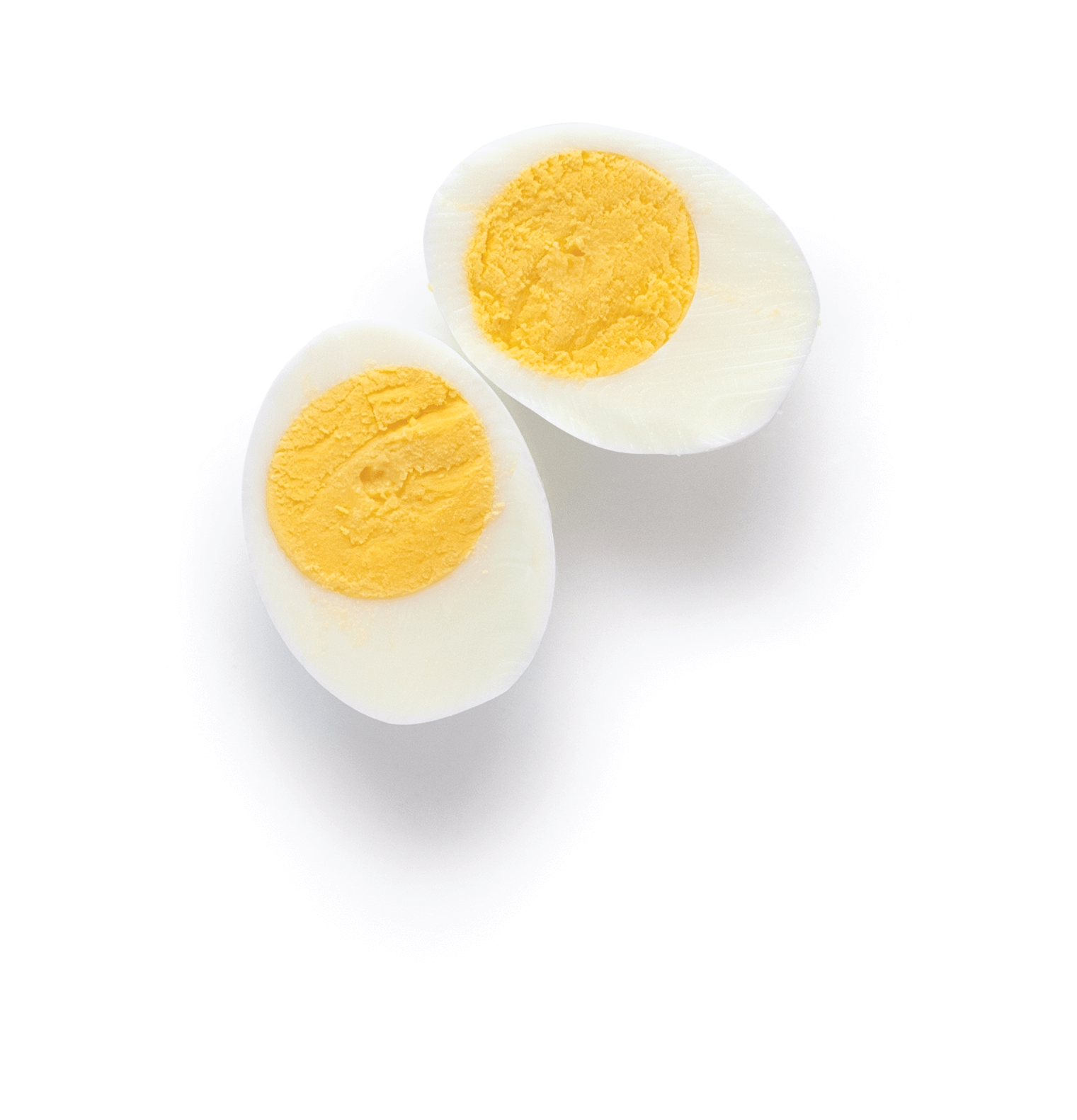
You and your baby do best when you eat regular meals and snacks. Here is a sample menu using some foods you can purchase with your WIC benefits.
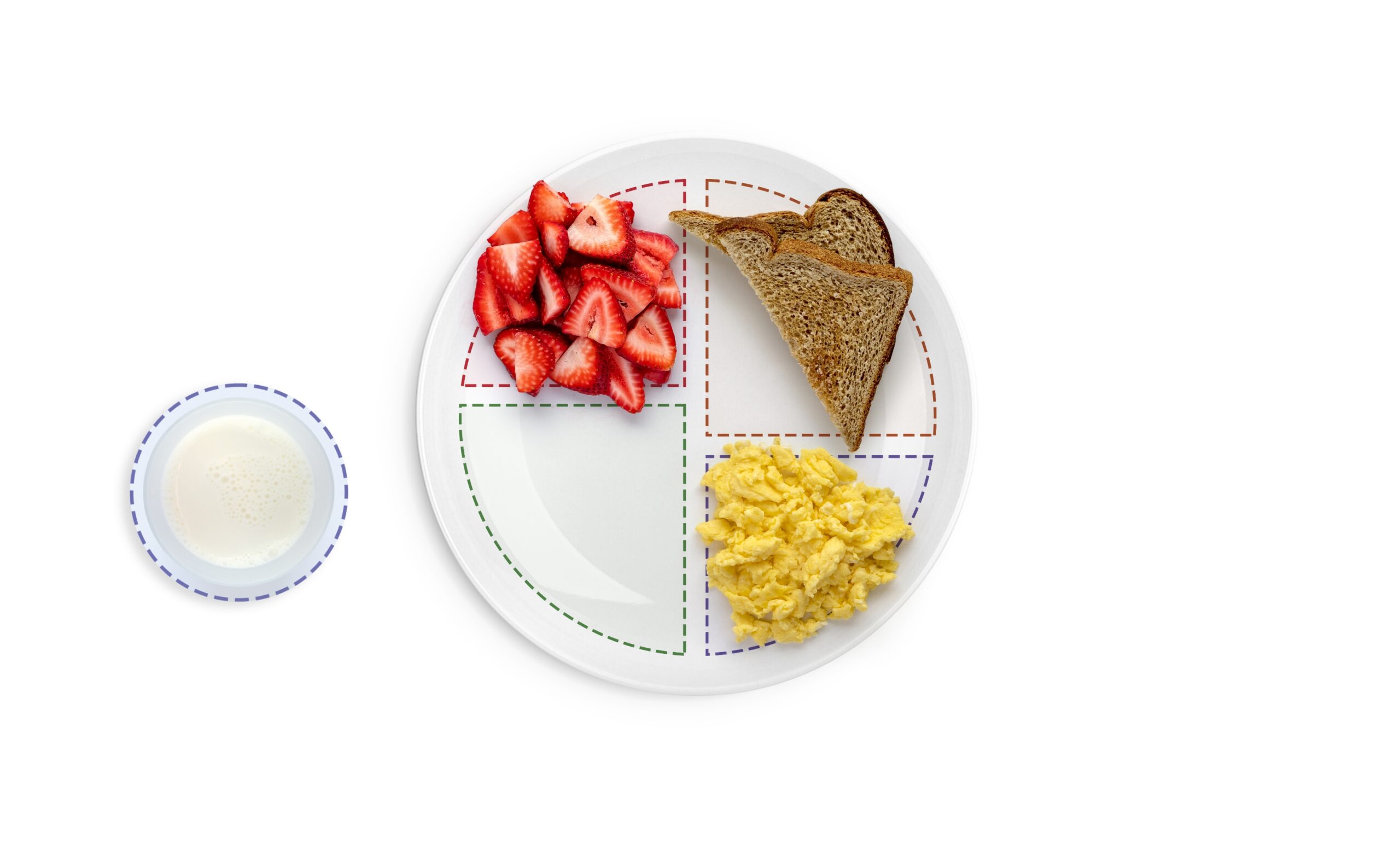
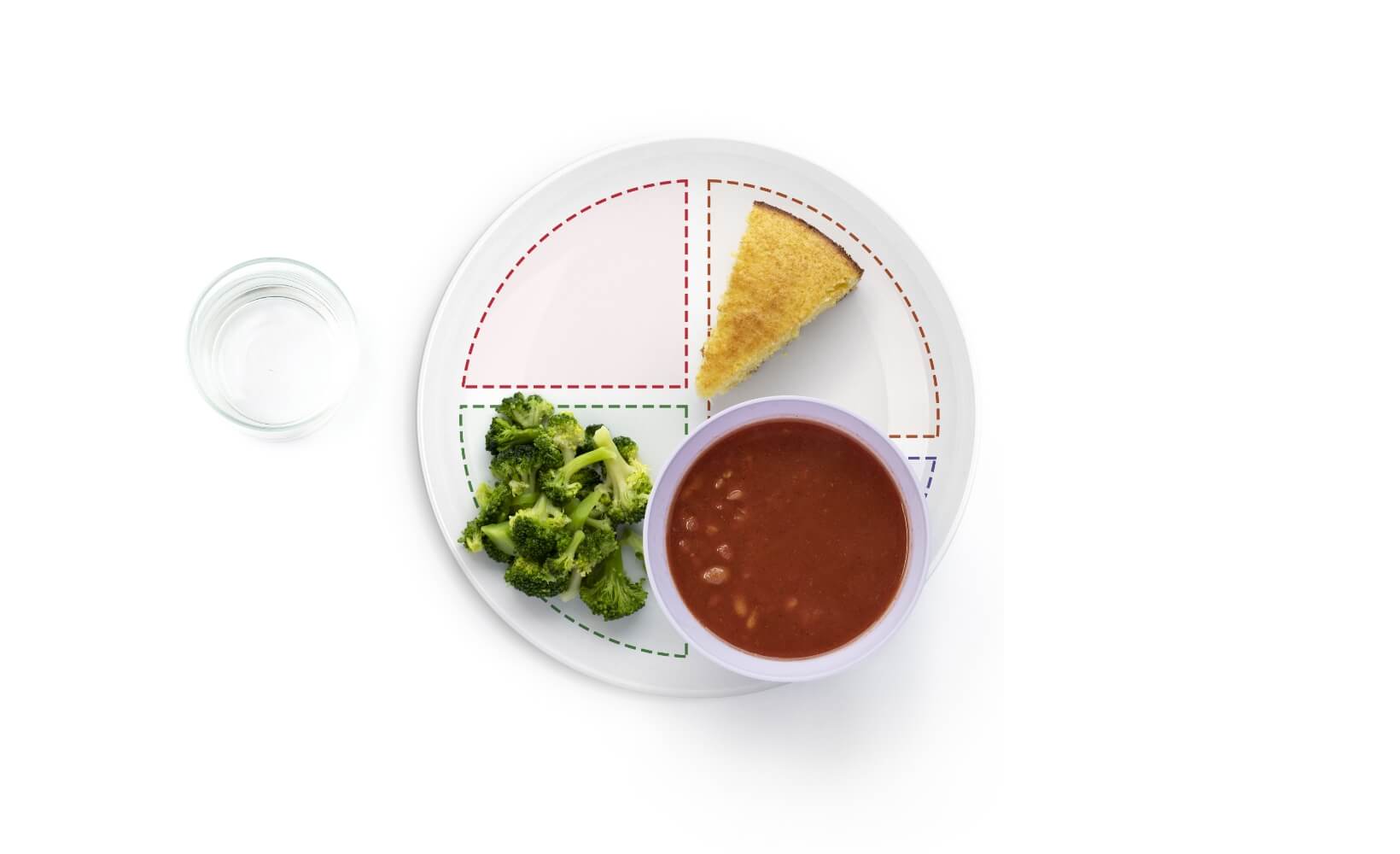
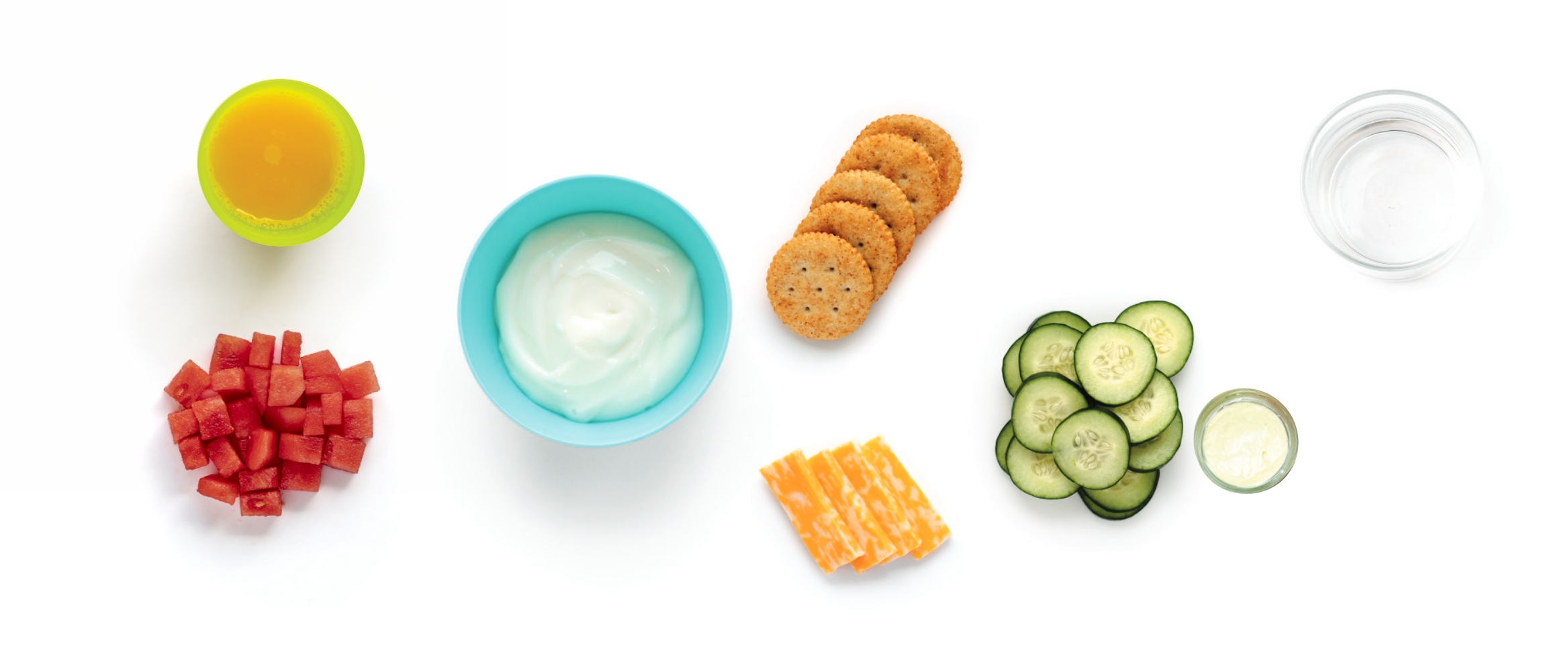
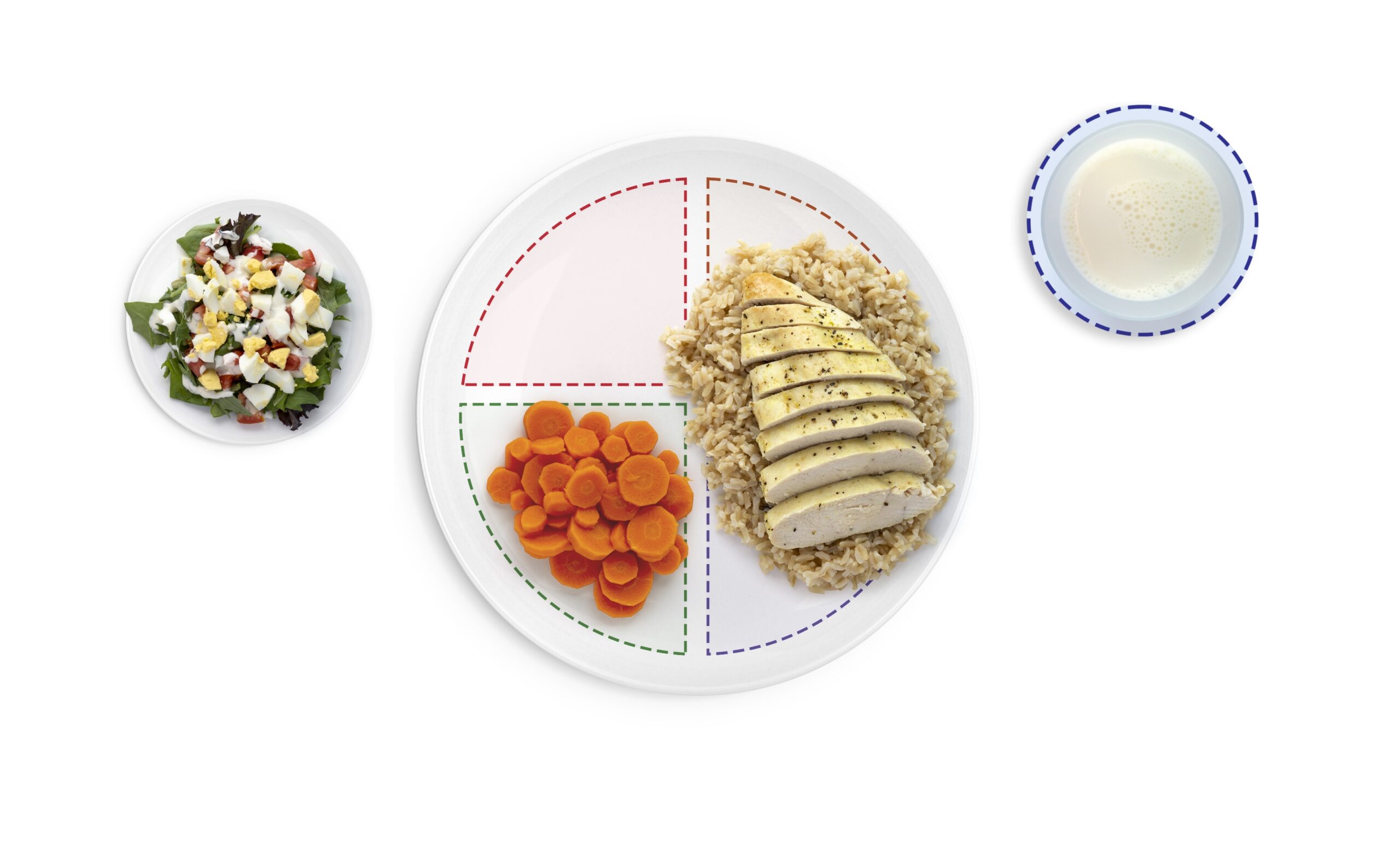
Aim for 2-3 snacks each day. Try healthy snack combos by picking foods from at least two food groups. These balanced snacks will keep you feeling satisfied.
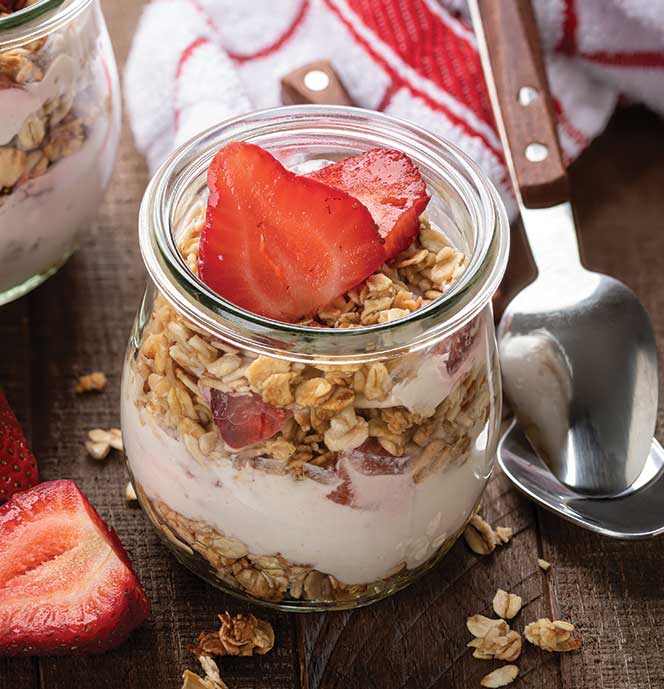
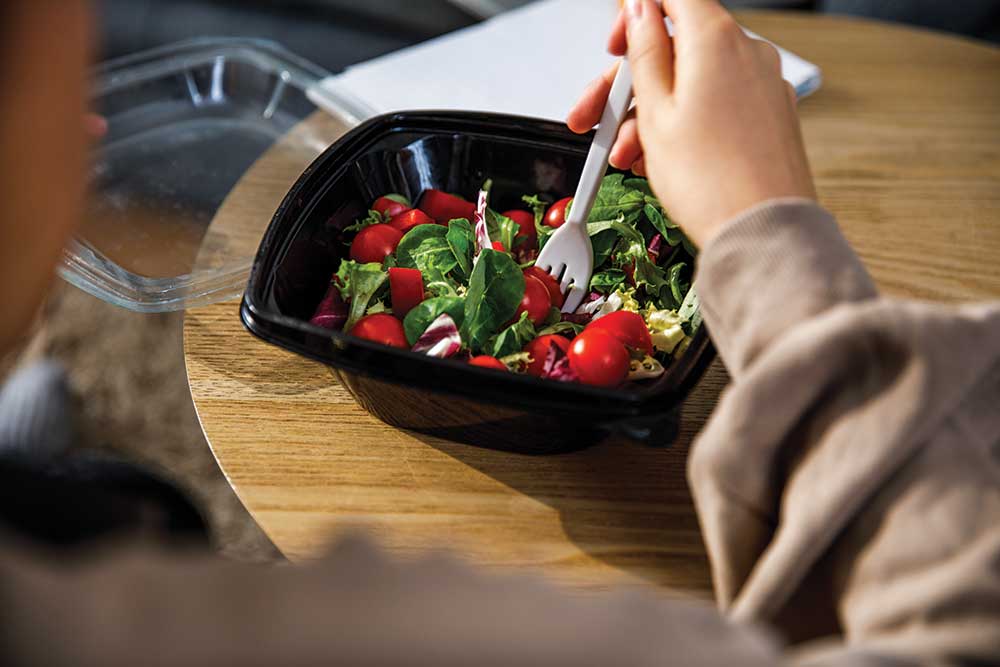

Wash your hands with soap and water before you eat or prepare foods.

Wash vegetables and fruit with water before eating or cooking.

Cook beef, pork, chicken, turkey, fish, and seafood to the well-done stage.

Heat to steaming before eating hot dogs, cold cuts, and deli meats like bologna, salami, or ham.

Ask WIC staff or your healthcare provider what fish is safe and the recommended amounts to eat during pregnancy.

Do not place breads or fresh produce on a cutting board that you use for meats.
Ask your healthcare provider before you take herbs or drink herbal teas; they may not be safe for your baby.
Prenatal vitamins have extra iron and folic acid to help your baby grow. Check to see if your prenatal vitamin has at least 150 mcg of iodine. If the prenatal vitamin you take doesn’t have this amount of iodine, ask your healthcare provider.
Pregnant women go through hormonal changes that can impact the health of their mouth.
Use a soft-bristle toothbrush. Brush gently. If your gums bleed when you brush or floss, tell your healthcare provider.
Your body stays fit when you move it. If your healthcare provider says it’s okay, keep active. Walking, stretching, and swimming are a few good ways.
You can break the time up like this:
Walk 10 minutes in the morning
Walk 10 minutes in the afternoon
Walk 10 minutes in the evening
30 minutes

The amount of weight you should gain depends on your weight before pregnancy. Ask your healthcare provider, nurse, or WIC staff for a weight graph to track your progress.
Your Pre-Pregnancy Weight:
Underweight
(BMI less than 18.5)
Healthy Weight
(BMI 18.5-24.9)
Overweight
(BMI 25-29.9)
Obese
(BMI greater than or equal to 30)
Healthy Weight Gain During Your Pregnancy:
28-40 pounds
25-35 pounds
15-25 pounds
11-20 pounds

Your baby could be born too small or too soon.
You may lose the weight easier after your baby is born. It can help protect your health and the health of your baby.
It may be harder to lose the weight after your baby is born. It could also increase your and your baby’s risk of long-term health problems.

| Underweight | Healthy | Overweight | Obese |
|---|---|---|---|
| Below 18.5 | 18.5 - 24.9 | 25.0 - 29.9 | 30.0 and above |
Select Sex
Select Age
Date of Birth
Date of Measurement
Please select an age between 2 and 19 years old.
(Decimal places allowed) (To nearest 1/8th inch)
Select Height
(12 inches = 1 foot; Example: 4 feet, 5 1/2 inches)
(Decimal places allowed)
Select Height
(Decimal places allowed) (To nearest 1/4th (0.25) pound)
Select Weight
(8 ounces = 1/2 pound; Example: 75 3/4 pounds)
(Decimal places allowed)
Select Weight
0
BMI
category
BMI Category
0th
BMI Percentile
%
Percent of the 95th Percentile
Age (at measurement):
Sex:
Date of Birth:
Date of Measurement:
Height:
Weight:
BMI is a calculated measure of weight relative to height. BMI is used to assess a child’s physical growth.
Because children and teens are growing, BMI values must be expressed relative to other children of the same sex and age. BMI-for-age percentiles indicate how your child’s BMI compares to BMIs of children of the same sex and age in the reference population used to create the CDC growth charts.
| BMI Category | BMI Range |
|---|---|
|
|
Less than the 5th percentile |
|
|
5th percentile to less than the 85th percentile |
|
|
85th percentile to less than the 95th percentile |
|
|
95th percentile or greater |
|
|
120% of the 95th percentile or greater OR a BMI of 35 kg/m2 or greater |
Discuss the BMI results with your healthcare provider as BMI can relate to overall health and well-being. Learn more about Defining Child BMI Categories
Encourage children and teens to build and practice healthy routines. Tips to Support Healthy Routines for Children and Teens
Having severe Obesity can increase a child or teen’s risk for physical health conditions, including type 2 diabetes and high cholesterol, and mental health conditions, including anxiety and depression. Children with severe obesity are also more likely to have obesity or severe obesity in adulthood, which is associated with additional chronic health conditions, including cardiovascular disease, joint problems, and many types of cancer.
Please keep in mind that BMI is a screening measure and is not intended to diagnose disease or illness. This BMI calculator is not meant to serve as a source of clinical guidance and is not intended to be a substitute for professional medical advice.
Healthcare providers can assess height, weight, and BMI percentile at least annually for all children to help monitor growth relative to other children of the same age and sex. Healthcare providers can also assess for social and health risk factors, such as food insecurity and family history, and work with the patient and family on an individual plan to maintain a healthy weight and help prevent chronic conditions. identify supports and treatment options.
Recommended treatment might include referral to a Family Healthy Weight Program. These are comprehensive, family-based lifestyle change programs that help children and adolescents with overweight or obesity make progress towards a healthier weight through positive behavior changes. Learn about the Family Healthy Weight Program

Your body changes when you’re pregnant. You might feel sick to your stomach the first 3 or 4 months. Some smells and foods might make you throw up.
“Morning sickness” can occur anytime of the day.
Even if you feel sick, you still need food and liquids. If you can’t keep anything down, call your healthcare provider.
Breastfeeding whenever your baby is hungry will allow your body to make all the milk your baby needs.
Holding baby skin-to-skin while in the hospital and after going home helps you make milk.
Nursing shouldn’t hurt. If it hurts, get help. Call your healthcare provider, WIC clinic, local hospital, or La Leche League (LLL).
Ask for help at home, especially in the early days. Ask family and friends to pitch in with household chores and to watch other children. Dad or another family member can hold baby skin-to-skin, help with baths and playtime. Babies need lots of love and cuddling in addition to feeding time.
You can go back to work or school and continue breastfeeding. All breastfeeding employees in West Virginia are protected by the "Pump Act." Under this federal mandate, breastfeeding employees are entitled to reasonable break time and a private space (other than a bathroom) to pump at work for one year.
Moms who nurse can eat their favorite foods! No special diet is needed.

Tell your nurses and healthcare provider that your goal is to exclusively breastfeed your baby. Ask them to follow these guidelines as long as it is medically safe for your baby and you.
Exclusive Breastfeeding – Please don’t give my baby any formula, water, or glucose water before speaking to my partner or me.
Breast Pumps – If my baby is unable to breastfeed or is separated from me due to medical reasons, I want to use a breast pump as soon as possible. If I need to pump longer than my hospital stay, please remind me to call my local WIC office.
Skin-to-Skin – Please place my baby directly on my chest after delivery for at least an hour to allow my baby to latch for the first time. During my stay, I want to hold my baby skin-to-skin as much as possible.
No Bottles or Pacifiers – Please don’t give my baby artificial nipples. This includes pacifiers or any type of bottle.
Breastfeeding Support – Please help me to practice rooming-in so I can breastfeed my baby on demand and learn newborn feeding cues.
Take-Home Bags – Please do not send any formula or information about formula home with us when we leave the hospital. Instead, please remind me that I’m giving my baby the best nutrition by choosing to breastfeed.
Having a baby is hard work! At times you may feel tired, emotional, and grumpy. You might even feel sad. Find time to relax and get some rest. If you feel overwhelmed, ask for help.
Ask for help from family and friends.
Talk to your healthcare provider.
If you have thoughts of harming yourself or your baby, get immediate help.
For additional support, contact your local WIC Breastfeeding Peer Counselor or WIC Designated Breastfeeding Expert for breastfeeding questions.
Side-Lying Hold
This hold is useful when:
Cross-Cradle Hold
This hold is useful when:
Clutch or “Football” Hold
This hold is useful when:
Cradle Hold
This hold is useful when:
Laid-Back Hold
This hold is useful when: